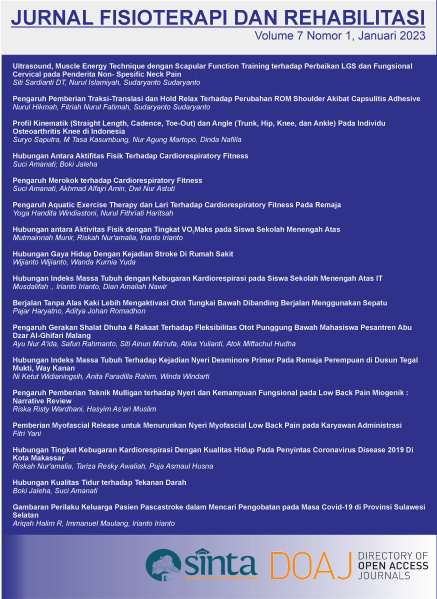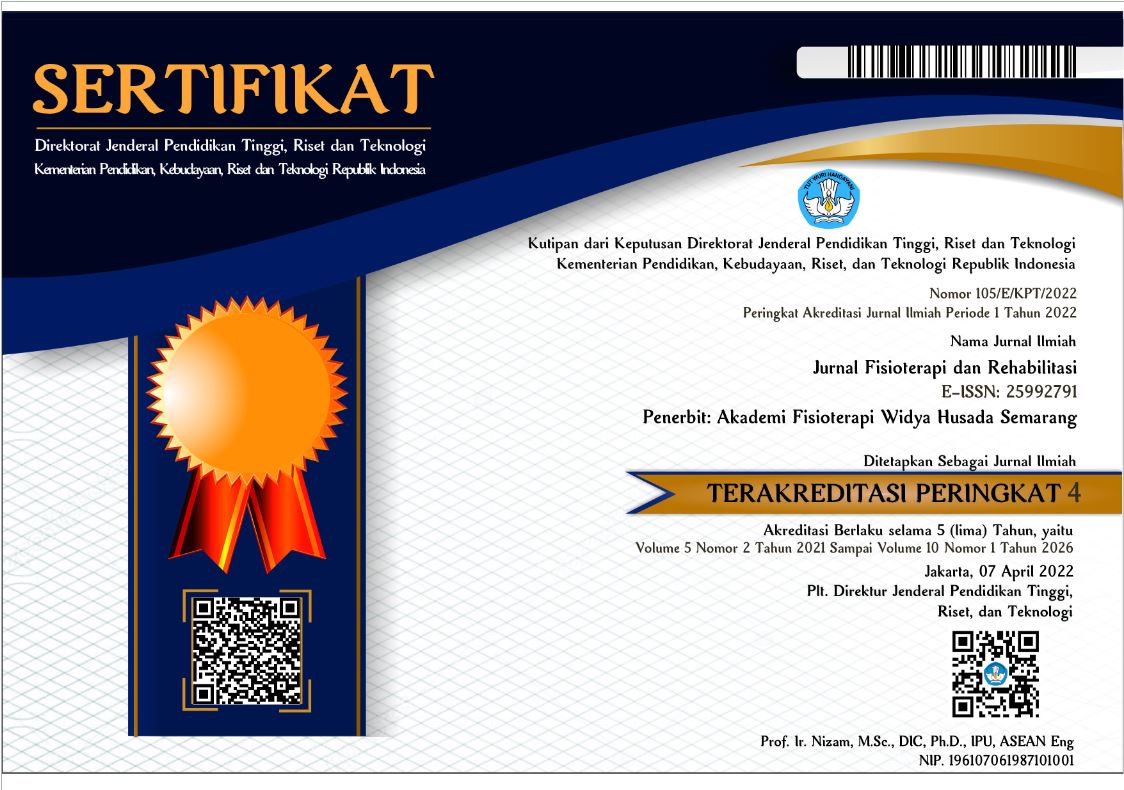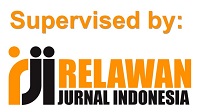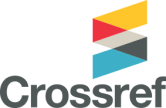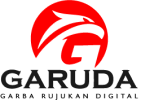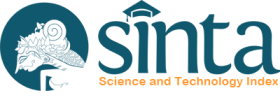Hubungan Gaya Hidup Dengan Kejadian Stroke Di Rumah Sakit
Relationship Between Lifestyle And Stroke Incidence In Hospital
Abstract
Stroke is a neurological disorder associated with vascular injury of the central nervous system. This disease is the second leading cause of death and the leading cause of disability worldwide. The prevalence of stroke in Indonesia increases with age. The highest stroke cases were aged 75 years and over (50.2%) and the lowest was 15-20 years (0.6%). Based on gender, male (11.0%) was more than female (10.9%). Stroke can be done by controlling lifestyle such as smoking, alcohol consumption, light physical activity, unhealthy eating patterns. The population in this study was to find stroke patients at Moewardi Hospital. Samples were outpatients at Anggrek 2 and inpatients at instalasi rehabilitasi medik totaling 30 patients. The method used is analytic observational with cross sectional design. Collecting data through direct interview techniques to the patient or the patient's guardian. The statistical test used to analyze the data in this study was the chi square test. The results of data analysis showed a relationship between diet (p=0.025 <0.05) and physical activity (p=0.010 <0.05) with the incidence of stroke at Dr Moerwardi Hospital, and there was no significant relationship between smoking (p=0.459 > 0.05) and alcohol (p = 0.309 > 0.05) with the incidence of stroke in Dr Moewardi Hospital.
Downloads
References
Christensen, A. I., Nordestgaard, B. G., & Tolstrup, J. S. (2018). Alcohol intake and risk of ischemic and haemorrhagic stroke: Results from a mendelian randomisation study. Journal of Stroke, 20(2), 218–227. https://doi.org/10.5853/jos.2017.01466
Farhud, D. D. (2015). Impact of life-style on health and physical capability: A data mining approach. Iran J Public Health, 44(11), 1442–1444. https://doi.org/10.1145/3177148.3180101
Foroughi, M., Akhavanzanjani, M., Maghsoudi, Z., Ghiasvand, R., Khorvash, F., & Askari, G. (2013). Stroke and nutrition: A review of studies. International Journal of Preventive Medicine, 4, S165–S179.
Hartaty, H., & Haris, A. (2020). Hubungan Gaya Hidup dengan Kejadian Stroke. Jurnal Ilmiah Kesehatan Sandi Husada, 12(2), 976–982. https://doi.org/10.35816/jiskh.v12i2.446
Jayanti, I. G. A. N., Wiradnyani, N. K., & Ariyasa, I. G. (2017). Hubungan pola konsumsi minuman beralkohol terhadap kejadian hipertensi pada tenaga kerja pariwisata di Kelurahan Legian. Jurnal Gizi Indonesia (The Indonesian Journal of Nutrition), 6(1), 65–70. https://doi.org/10.14710/jgi.6.1.65-70
Kumar, A. A. H. A. (2014). Hubungan Gaya Hidup Sebagai Faktor Resiko Kejadian Stroke di RSUP Haji Adam Malik Medan Tahun 2014 T. Skripsi. Medan: Universitas Sumatera Utara.
Murphy, S. J., & Werring, D. J. (2020). Stroke: causes and clinical features. Medicine (United Kingdom), 48(9), 561–566. https://doi.org/10.1016/j.mpmed.2020.06.002
Pan, B., Jin, X., Jun, L., Qiu, S., Zheng, Q., & Pan, M. (2019). The relationship between smoking and stroke. Wolters Kluwer Health, Inc, 98(12), 983–987. https://doi.org/10.1097/MD.0000000000014872
Panjaitan, R. S. (2020). Pengaruh Gaya Hidup Terhadap Kejadian Stroke Pada Pasien Rawat Inap Di Rumah Sakit Santa Elisabeth Medan. Thesis. Medan: Universitas Sumatera Utara.
Perawaty, P., Dahlan, P., & Astuti, H. (2016). Pola makan dan hubungannya dengan kejadian stroke di RSUD dr. Doris Sylvanus Palangka Raya. Jurnal Gizi Dan Dietetik Indonesia (Indonesian Journal of Nutrition and Dietetics), 2(2), 51. https://doi.org/10.21927/ijnd.2014.2(2).51-61
Purwaningtiyas, D. P, Kusumawati, Y., & Nugroho, F. S. (2013). Hubungan Antara Gaya Hidup Dengan Kejadian Stroke Di RSUD Dr Moewardi Surakarta. Prosiding Seminar Nasional Fakultas Ilmu Kesehatan, 2460-4143.
Widyaswara, S. P. A., Widodo, W. T., & Setianingsih, E. (2019). Faktor Risiko yang Mempengaruhi Kejadian Stroke. Jurnal Keperawatan, 11(4), 251–260. https://doi.org/10.32583/keperawatan.v11i4.530

This work is licensed under a Creative Commons Attribution 4.0 International License.
The use of the article will be governed by the Creative Commons Attribution license as currently displayed on Creative Commons Attribution 4.0 International License.
Author’s Warranties
The author warrants that the article is original, written by stated author(s), has not been published before, contains no unlawful statements, does not infringe the rights of others, is subject to copyright that is vested exclusively in the author and free of any third party rights, and that any necessary written permissions to quote from other sources have been obtained by the author(s).
User Rights
JFR's spirit is to disseminate articles published are as free as possible. Under the Creative Commons license, JFR permits users to copy, distribute, display, and perform the work. Users will also need to attribute authors and JFR on distributing works in the journal.
Rights of Authors
Authors retain all their rights to the published works, such as (but not limited to) the following rights;
- Copyright and other proprietary rights relating to the article, such as patent rights,
- The right to use the substance of the article in own future works, including lectures and books,
- The right to reproduce the article for own purposes,
- The right to self-archive the article
Co-Authorship
If the article was jointly prepared by other authors, any authors submitting the manuscript warrants that he/she has been authorized by all co-authors to be agreed on this copyright and license notice (agreement) on their behalf, and agrees to inform his/her co-authors of the terms of this policy. JFR will not be held liable for anything that may arise due to the author(s) internal dispute. JFR will only communicate with the corresponding author.
Miscellaneous
JFR will publish the article (or have it published) in the journal if the article’s editorial process is successfully completed. JFR's editors may modify the article to a style of punctuation, spelling, capitalization, referencing and usage that deems appropriate. The author acknowledges that the article may be published so that it will be publicly accessible and such access will be free of charge for the readers as mentioned in point 3.

